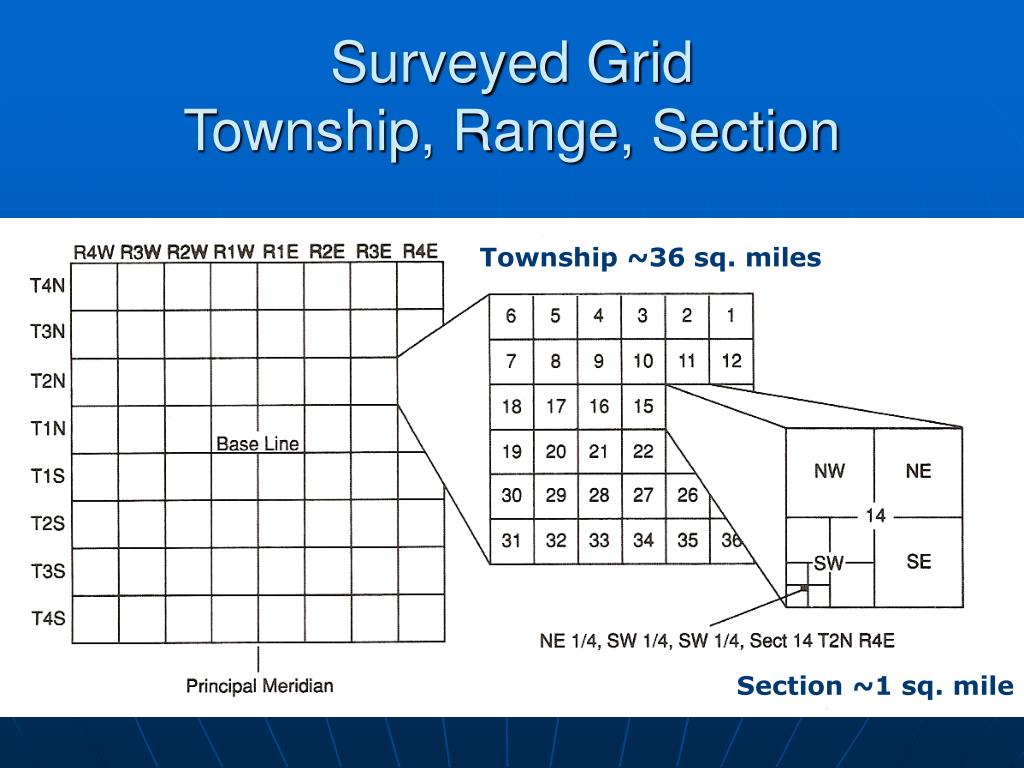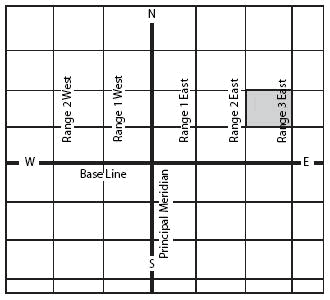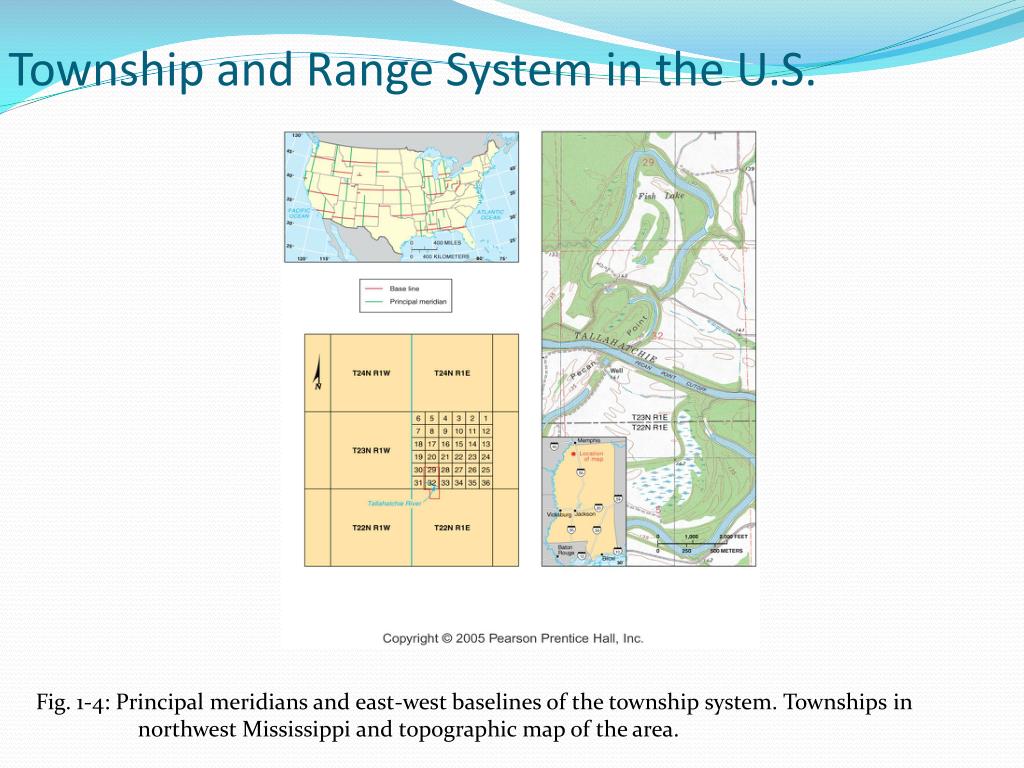

A section can be halved seven times in this way, down to a 5-acre (2 ha) parcel, or half of a quarter-quarter-quarter section-an easily surveyed 50-square- chain (2 ha) area. One of the reasons for creating sections of 640 acres (260 ha) was the ease of dividing into halves and quarters while still maintaining a whole number of acres. The phrases "front 40" and " back 40," referring to farm fields, indicate the front and back quarter-quarter sections of land. After the Civil War, freedmen (freed slaves) were reckoned to be self-sufficient with " 40 acres and a mule." In the 20th century real estate developers preferred working with 40-acre (16 ha) parcels. In 1832 the smallest area of land that could be acquired was reduced to the 40-acre (16 ha) quarter-quarter section, and this size parcel became entrenched in American mythology. A quarter section is 160 acres (65 ha) and a "quarter-quarter section" is 40 acres (16 ha). Sections are customarily surveyed into smaller squares by repeated halving and quartering. The legal description of a tract of land under the PLSS includes the name of the state, name of the county, township number, range number, section number, and portion of a section.


land surveying under the Public Land Survey System (PLSS), a section is an area nominally one square mile (2.6 square kilometers), containing 640 acres (260 hectares), with 36 sections making up one survey township on a rectangular grid. The primary grid pattern is of quarter sections ( 1⁄ 2 mi × 1⁄ 2 mi (800 m × 800 m)). Satellite image of crops growing in Kansas, mainly using center pivot irrigation. Perfectly square 160-acre quarter sections of farmland cover Central Indiana. One square mile Sectioning a township (36 sections).


 0 kommentar(er)
0 kommentar(er)
